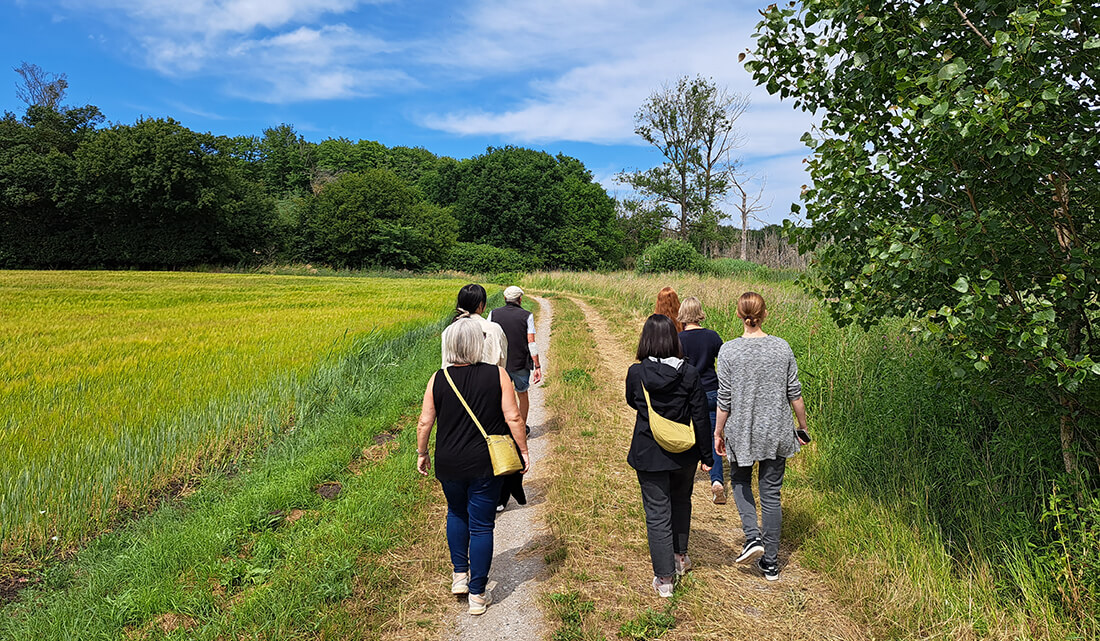Avian influenza Epidemiology group

This group is part of the Epidemiology and Disease Control research group. Since 2020, we have been conducting research on the epidemiology of avian influenza. Our primary objective is to expand our understanding of the transmission dynamics of avian influenza in wild birds and poultry in Denmark, Europe, and globally.
Our work is closely linked to the contingency framework in DK-VET, where we assist Danish authorities by providing research-based knowledge on the risk of outbreaks and effective outbreak control. This includes identifying high-risk areas and periods, as well as developing novel epidemiological methods for surveillance.
- Lars Erik Larsen - UCPH
- Yuan Liang - UCPH
- Charlotte Kristiane Hjulsager – Statens Serum Institut
- Michael Ward – University of Sydney
- Shawn Laffan – University of New South Wales
- Preben Clausen – Aarhus University
- Ole Therkildsen – Aarhus University
- Timme Nyegaard – Dansk Ornitologisk Forening
- Mathieu Andraud – ANSES
ENIGMA2 - The ENIGMA2 project is a veterinary contingency project in the DKVET consortium, funded by the Danish Veterinary and Food Administration.
PAIR - New EU Project Integrating Point-of-Care Diagnostics and Epidemiological Modeling.
LiRA – EFSA Living Risk Assessment Tool. An EFSA funded project to conduct work on risk assessment and data management of diseases.
ENIGMA – Early Warning System for Avian Influenza. A contingency project with the aim to build an early warning system for avian influenza in Denmark, focusing on the following objectives:
- Investigate the connection between foreign outbreaks and domestic cases of avian influenza, including migratory patterns and habitats of relevant bird species.
- Develop a continuous monitoring system for foreign avian influenza outbreaks, assessing the risk of introduction to Denmark.
- Expand the system to consider other risk factors, such as the introduction of migratory birds from other countries.
- Create a simulation model to estimate the risk of local spread of avian influenza within Denmark during outbreaks.
ROFUS - Risikoanalyse og Overvågning af FUgle- og Svineinfluenza. Contingency research project during 2020-2021. The aim was to utilize existing data for monitoring avian and swine influenza with the following objectives:
- Conduct a spatio-temporal hotspot analysis to determine if positive samples from the 2012-2019 monitoring period are associated with specific areas.
- Correlate these hotspots spatially with natural habitats, meteorological data, etc., to investigate areas of highest risk for introduction and spread.
- Analyze the monitoring data to identify spatio-temporal cold spots (areas with low sample submissions) and assess if optimal coverage is achieved in Denmark. If not, identify areas where future samples should be focused. The analyses will consider both subtypes and groupings. The Danish Veterinary and Food Administration (FVST) has expressed a desire for these existing influenza data to be analyzed.
- Risk factors for the incursion of highly pathogenic avian influenza virus into poultry and other captive bird holdings in Denmark from 2020 to 2023: A case-control study
- The role of wild birds in transmitting highly pathogenic avian influenza in Denmark: An exploration using a spatiotemporal model
- Are all avian influenza outbreaks in poultry the same? The predicted impact of poultry species and virus subtype
- Risk factors of avian influenza in Danish poultry and wild birds during the epidemic waves from June 2020 to May 2021
- A review of estimated transmission parameters for the spread of avian influenza viruses
- Landscape effects and spatial patterns of avian influenza virus in Danish wild birds, 2006-2020
- Spatial patterns of avian influenza in wild birds from Denmark, 2006-2020
- Using surveillance data for early warning modelling of highly pathogenic avian influenza in Europe reveals a seasonal shift in transmission, 2016–2022”
Researchers
| Name | Title | Phone | |
|---|---|---|---|
| Search in Name | Search in Title | Search in Phone | |
| Anders Bjerrum | Senior Consultant | +4535324654 | |
| Anette Ella Boklund | Associate Professor | +4535330847 | |
| Carsten Thure Kirkeby | Senior Researcher | +4535337215 | |
| Helene Ane Jensen | PhD Fellow | ||
| Lene Jung Kjær | Associate Professor | +4535337290 | |
| Mogens Madsen | Special Consultant | +4535324338 | |
| Sandra Filipa Oliveira Carapeto | PhD Fellow | +4535335385 | |
| Yangfan Liu | Postdoc | +4535323023 |
Contact
Carsten Thure Kirkeby
e-mail: ckir@sund.ku.dk
Phone: +45 35337215

